
Oracle E-Business Suite R12.1 vs R12.2
Do you know the major differences between Oracle E-Business Suite Release 12.1 and 12.2? As an Apps DBA, you would have worked on the installation, Patching, and Cloning of different Oracle E-business Suite Releases. Even though you are familiar with R12.2 and R12.1, it’s quite difficult to understand the difference between these two. New to […]
Read More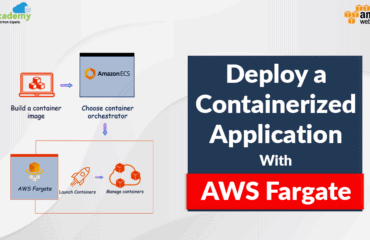
Case Study: Deploy a Containerized Application With AWS Fargate
AWS Fargate is a serverless compute engine for containers that work with Amazon Elastic Container Service. Fargate makes it easy for you to focus on building your applications. Fargate removes the need to provision and manage servers, lets you specify and pay for resources per application, and improves security through application isolation by design. Check […]
Read More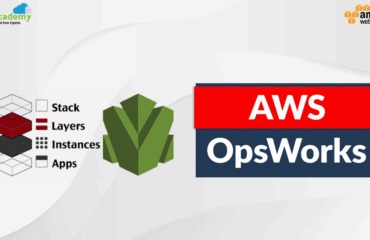
AWS OpsWorks: Everything You Need To Know
OpsWorks takes the principle of DevOps even further than AWS Elastic Beanstalk. It can be counted as an application management service rather than simply an application container. It contributes even more levels of automation with additional features like integration with configuration management software (Chef) and application lifecycle management. Check out the blog post at https://k21academy.com/awsdevops15, […]
Read More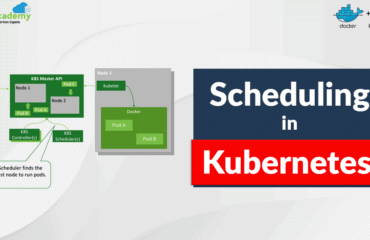
Scheduling in Kubernetes
Pods are the smallest deployable unit of Kubernetes where we can run our applications. Scheduling in Kubernetes is a core component as it aims to schedule the pod to a correct and available node. If you want to understand why Pods are placed onto a particular Node, or if you’re planning to know types of […]
Read More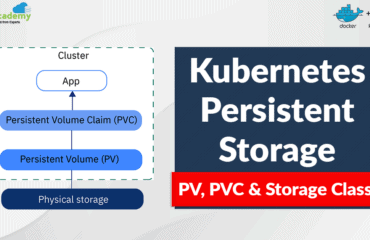
Kubernetes Persistent Storage: PV, PVC and Storage Class
Kubernetes is a complete containerization orchestration, which provides the ability to run dynamically scaling, management of containerized applications. Persistent Storage in Kubernetes offers applications in K8s a handy way to request, and consume storage resources. To know more about the K8s Persistent Storage and its concept check out this blog post at k21academy.com/kubernetes36. In this […]
Read More
AWS Trusted Advisor: Everything You Need to Know
AWS Trusted Advisor is your personal cloud expert! It helps you to provide best practices for AWS by inspecting your AWS environment with a motto toward saving money, improving system performance and reliability, and closing security gaps to protect. Check out the blog post at https://k21academy.com/awsdevops19, where we are going to cover the important things […]
Read More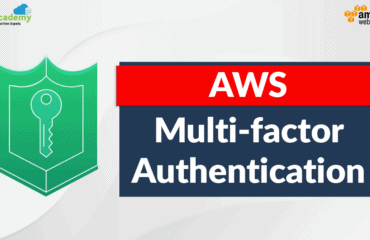
AWS Multi-Factor Authentication (MFA)
AWS Multi-Factor Authentication (MFA) is a simple best practice that adds an extra layer of protection on top of your user name and password. With MFA enabled, when a user signs in to an AWS Management Console, they will be prompted for their user name and password (the first factor what they know), as well […]
Read More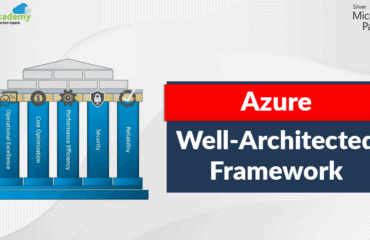
5 Pillars of Azure Well-Architected Framework
As the technology requirements of a business or practice grow and change over time, deploying business-critical applications might increase the complexity and overhead substantially. To help manage this ever-growing complexity, we have the 5 pillars of Azure Well-Architected Framework that provide a set of Azure architecture best practices to help build and deliver great solutions. […]
Read More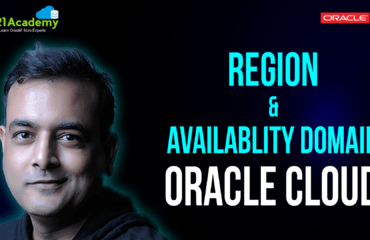
What Is Region, Availability Domain (AD), Fault Domain (FD) & Realm In Oracle Cloud Infrastructure (OCI)
Cloud Infrastructure (OCI) Servers & Data is hosted in a Region. Every Region can have up to 3 Availability Domain. When you create a Cloud Account a Home Region is by default allocated to you, wherein you can subscribe to another region as well. On 30th November 2020, Oracle opened the Santiago cloud region in […]
Read More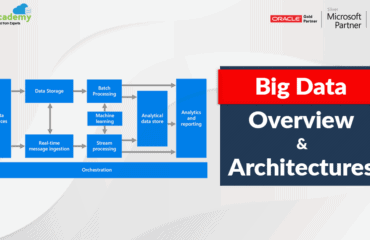
Introduction to Big Data and Big Data Architectures: Everything you Need to Know
Big Data architecture is designed to handle the ingestion, processing, and analysis of data that is too large or complex for traditional database systems. Want to know more about Big Data Architectures? Read the blog post at https://k21academy.com/dp20112 to learn more. The blog post covers: · What is Big Data? · Big Data Architecture · […]
Read More